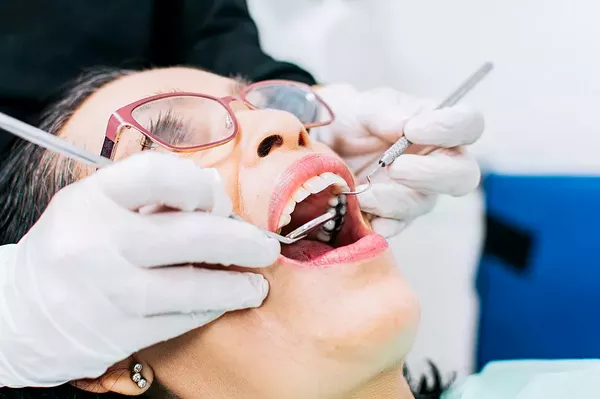Wisdom teeth removal is a common dental procedure, and the post-operative period often raises questions about dietary choices. Among these inquiries, a common one is, “Can I eat meat after wisdom teeth removal?” This comprehensive guide will explore the considerations, alternative options, and best practices for including meat in your diet during the recovery phase.
Understanding Post-Extraction Dietary Needs:
Before addressing meat consumption, it’s crucial to understand the dietary needs during the initial stages of recovery after wisdom teeth removal. The focus is on avoiding irritation to extraction sites, minimizing chewing strain, and ensuring adequate nutrition for optimal healing.
1. Initial Soft Diet Phase:
In the immediate aftermath of wisdom teeth removal, a soft and easily chewable diet is recommended. This stage allows the surgical sites to heal without the risk of irritation. Soft foods like mashed potatoes, soups, and smoothies take precedence during this initial phase.
2. Gradual Transition to Solid Foods:
As the initial healing progresses, there’s a gradual transition to more solid foods. The decision to introduce meat into your diet depends on your comfort level, the type of meat, and your dentist’s recommendations. Starting with softer meat options and cutting them into smaller, bite-sized pieces can aid in a smoother transition.
3. Considerations for Meat Consumption:
Several factors should be considered when contemplating meat consumption post-wisdom teeth removal:
Soft and Lean Choices: Opt for softer and leaner meat options such as chicken, turkey, or fish. These varieties are easier to chew and less likely to cause discomfort during the recovery period.
Avoid Tough Cuts: Steer clear of tough cuts or meats with gristle that require extensive chewing. The goal is to minimize strain on the jaw and surgical sites to promote optimal healing.
4. Preparation Techniques:
The way meat is prepared plays a crucial role in its suitability during the recovery phase:
Cooked to Perfection: Ensure that the meat is thoroughly cooked to a tender consistency. Overcooking may result in a dry texture, making it more challenging to chew.
Ground or Shredded: Consider ground or shredded meat preparations, which are generally softer and easier to manage during the early stages of recovery.
5. Hydration and Nutrition:
Balanced nutrition is vital for the healing process, and meat contributes essential proteins and nutrients. Ensure that your meat choices are part of a well-rounded diet that includes other soft and nutrient-rich foods. Staying hydrated also aids in the recovery process.
6. Alternative Protein Sources:
If you find that traditional meat options are still challenging, explore alternative protein sources. Plant-based protein options, such as tofu, lentils, or legumes, can provide protein without the need for extensive chewing. These alternatives offer variety and cater to different dietary preferences.
Conclusion:
In conclusion, the question of whether you can eat meat after wisdom teeth removal involves a thoughtful approach. During the initial soft diet phase, prioritize easily chewable and non-irritating foods. As your recovery progresses, consider incorporating softer meat options, well-cooked and prepared to a tender consistency. Lean proteins like chicken, turkey, and fish can be excellent choices, and modifications such as ground or shredded meat may enhance manageability.
Always follow your dentist’s recommendations, listen to your body, and introduce meat gradually into your diet based on your comfort level. The ultimate goal is to support optimal healing while ensuring a well-balanced and nutritious post-operative diet. With these considerations in mind, you can navigate the post-extraction menu with confidence, enjoying the benefits of meat in a way that aligns with your recovery journey.
What Not To Drink After Wisdom Teeth Removal
What Helps With Swelling After Wisdom Teeth Removal
What Helps Pain After Wisdom Teeth Removal



























